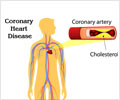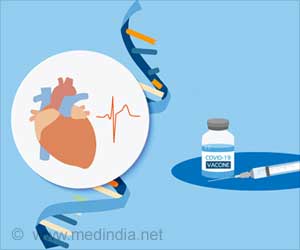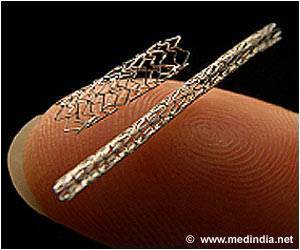Coronary CT angiography (CCTA), a non-invasive way to eye inside arteries supplying blood to the heart, can help decide which patients with chest pain complaints at an emergency unit can go home.

ED physicians have a standard for discharging a person with chest pain: less than 1 percent risk of heart attack or heart-related death over the next 30 days. For patients with no known heart disease, the key factor in judging that risk is whether any heart arteries show blockage of 50 percent or more. Cardiac catheterization is a common imaging technique used for this purpose.
"When EDs are crowded, all patients suffer," said Harold I. Litt, MD, PhD, chief of cardiovascular imaging in the Department of Radiology at the Perelman School of Medicine, University of Pennsylvania, Philadelphia, and the study's lead investigator. "Our primary goal was to power the study statistically to prove the safety of CCTA so that ED physicians could feel comfortable sending home patients who have negative results from CCTA scans, and we did that."
ACRIN PA 4005 is the first cardiovascular study conducted by the American College of Radiology Imaging Network (ACRIN). In this phase-4 trial, 1,393 patients at five centers were randomly assigned to traditional "rule-out" care or CCTA in a 1:2 ratio. Health care providers at each site made all decisions about tests and treatment for the traditional care group patients on an individual basis. The CCTA group followed a three-part protocol: (1) tests to measure blood levels of two substances associated with heart damage and risk of heart attack or stroke, (2) CCTA and (3) discharge if test results were negative.
None of the 640 patients with a negative CCTA had a heart attack or died within 30 days after discharge (30-day event rate of < 1 percent). These findings apply to patients at low-to-intermediate risk. People who have a known history of heart disease require a much more extensive evaluation before they can be sent home safely, Dr. Litt emphasized.
The study also showed that CCTA was a better indicator than stress tests of finding patients with coronary artery disease (9 percent vs. 3 percent). "Stress tests are positive only when there's enough blockage to impair blood flow," Dr. Litt said. "CCTA lets you actually see atherosclerosis [a build-up of plaque in the arteries] and stenosis [narrowing of the arteries], even if that's not what's causing your chest pain that day."
Source-Eurekalert
 MEDINDIA
MEDINDIA


 Email
Email










